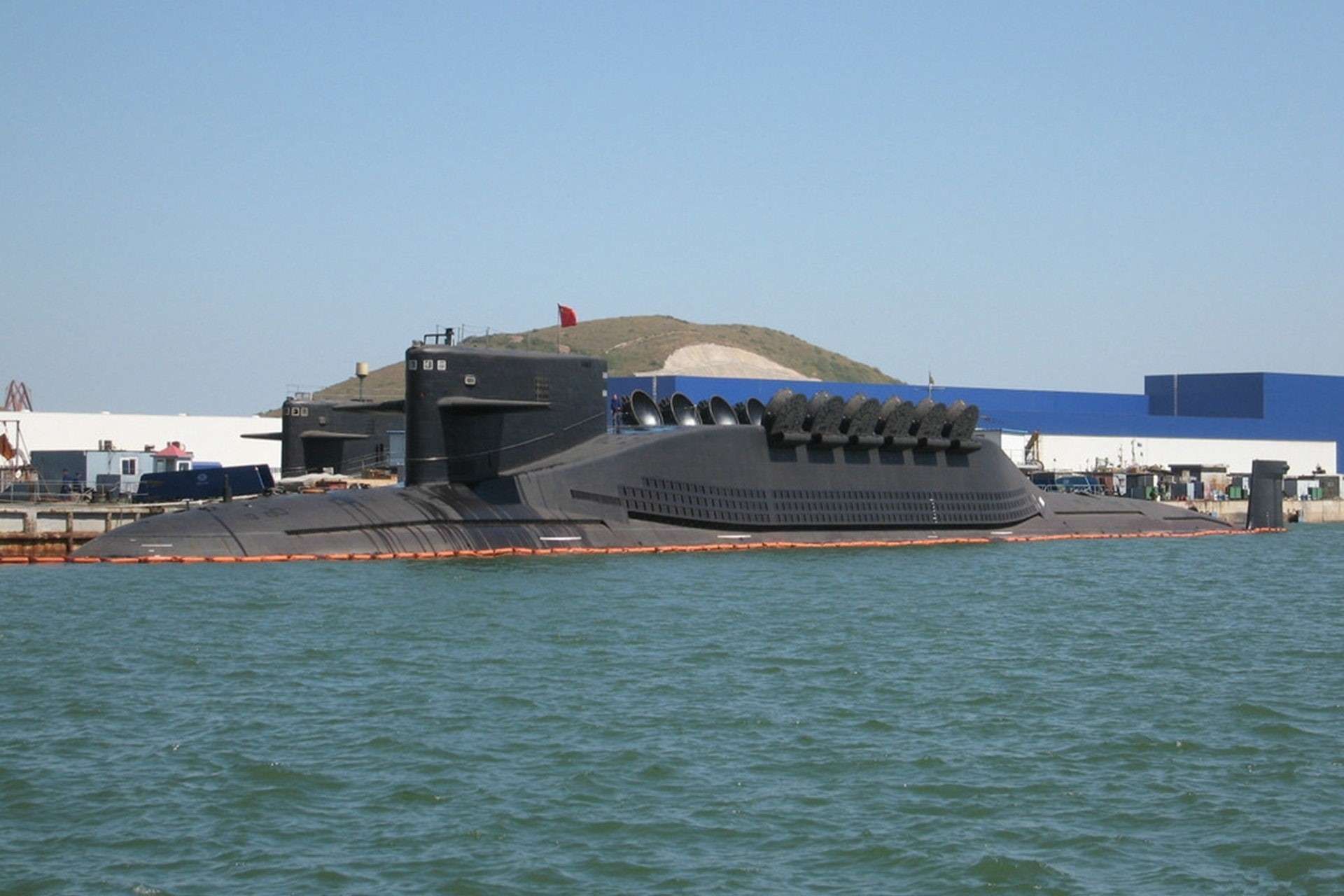Breaking News
China’s Strengthening of Nuclear Submarine Capabilities Alters Power Dynamics.
On June 27, 2024, China demonstrated its unwavering commitment to enhancing its nuclear submarine capabilities, despite encountering challenges such as the serious accident in October last year involving a Type 093 nuclear submarine. The incident resulted in the tragic loss of 55 Chinese Navy personnel. Celebrating the 70th anniversary of its submarine fleet, CCTV Military Channel aired a promotional video on June 20th, capturing the attention of Chinese military enthusiasts. Follow Army Recognition on Google News at this link

China's sea-based nuclear force is strengthened by the Type 094 strategic nuclear submarine, which now features improved variants capable of deploying JL-2 and JL-3 submarine-launched ballistic missiles (Picture source: Chinese Military)
An officer from the Chinese Navy's submarine fleet described the development focus of the PLA's submarine force as both nuclear and conventional, with an emphasis on nuclear capabilities. Recently, a strategic nuclear submarine of Type 094A surfaced in the Taiwan Strait and proceeded north, escorted by a warship, suggesting a possible malfunction that forced it to surface.
In recent years, China has vigorously built up its nuclear capabilities, constructing numerous missile silos in the northwest, clearly preparing for contingencies in the Taiwan Strait. Originally, China thought 300 nuclear warheads would suffice to deter any major power, but the COVID-19 pandemic, which saw millions of deaths in the US while maintaining social stability, altered Chinese perceptions. The US’s restraint during the Russia-Ukraine conflict has provided China with significant insights. According to a mid-June report by the Stockholm International Peace Research Institute, China’s nuclear arsenal reached 500 warheads in January this year, a significant increase of 90 from the previous year. It is estimated that China actually possesses over 1,000 nuclear warheads.
With the rapid development of China’s navy and air force, the Chinese military is increasingly gaining an undeniable advantage within the first island chain. As the balance of power shifts more to one side, maintaining calm becomes increasingly challenging.
The PLA’s shift toward “nuclear and conventional capabilities with a focus on nuclear power” is a key part of China’s efforts to enhance its nuclear deterrence, making the US more hesitant to intervene directly in a potential military conflict in the Taiwan Strait.
The Pentagon’s annual assessment of China’s military power, released last October, noted that the PLA currently has 60 submarines, including six strategic nuclear submarines, six nuclear attack submarines, and 48 conventionally powered submarines. By 2035, the total number of Chinese submarines is expected to reach 80.
An article from last year in The Wall Street Journal titled “The Era of Total U.S. Submarine Dominance Over China Is Coming to an End” highlighted that China is making advances in submarine technology and underwater detection capabilities, closing a significant gap between the Chinese and US militaries. This has a major impact on the US military's plans to respond to a potential conflict over Taiwan.
On one hand, China’s enhanced anti-submarine capabilities will make it more complicated and difficult for US submarines to sink PLA warships and thwart an attack on Taiwan. On the other hand, Chinese nuclear submarines might be deployed east of Taiwan to prevent US and allied intervention.
Chinese military enthusiasts speculate that Chinese nuclear submarines will soon be produced in large numbers. Once a certain technological level is achieved, the routine patrols of Chinese nuclear submarines will become more frequent, transitioning from regular patrols of attack nuclear submarines to routine patrols of strategic nuclear submarines, and eventually to strategic nuclear submarines on patrol with missiles, entering a state of combat readiness.


























